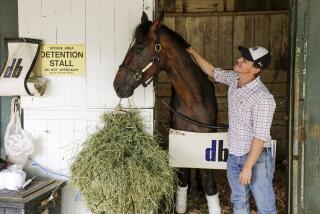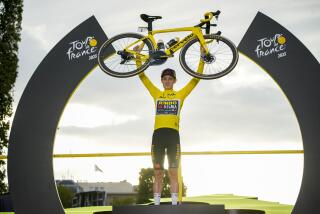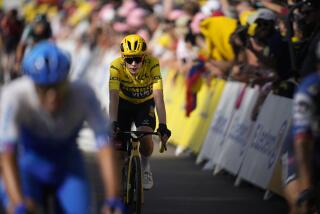Cycling officials admit to keeping Tour de France doping-risk list
Cycling’s governing body has admitted that it drew up a list estimating the doping risk of each rider in last year’s Tour de France.
In a confidential document leaked to the French media, the International Cycling Union (UCI) gave each rider what it called a “suspicion index” from 0 to 10, the lowest number denoting riders who raised no suspicions, and the highest attached to riders considered to be highly suspicious.
The index was based on samples taken from riders on July 1, 2010, two days before the start of the annual cycling race. The samples were then compared with what the cycling body calls the “biological passport” of riders that it keeps.
On Friday, the UCI confirmed the existence of the document, published in the French sports paper L’Equipe, and expressed regret that it had been made public.
It said the list was nothing more than a working document to be used as an anti-doping tool, enabling the organization to better target dope tests, and not as a list of riders who had broken the UCI’s doping rules.
“The document exists, but it is meant for the UCI and independent observers from the world anti-doping agency. We will be investigating how such a document could have got out,” said a statement from the organization.
According to the list, the average index of the 198 riders in the 2010 Tour de France was 2.434.
Two cyclists were reportedly classed 10, one 9, and several at 8. Most had a suspicion index of less than four. More than half the field of riders was judged to be at zero or negligible risk of doping.
According to names released by L’Equipe, Russian Denis Menchov, who finished third in the 2010 Tour de France, had a 9 rating; Spaniard Carlos Barredo and Ukrainian Yaroslav Popovych had 10s. Alberto Contador of Spain, a three-time winner, rated 5; American Lance Armstrong was at 4, Andy Schleck of Luxembourg was at 3 and Frank Schleck of Luxembourg 2.
There were 42 riders rated 6 to 10 that the document suggested showed “overwhelming” evidence of some kind of doping, due to “recurring anomalies” and “enormous variations” in parameters and even the “identification of doping products or methods,” according to L’Equipe.
L’Equipe reported that none of the riders who were given a high risk rating failed drug tests during the 2010 Tour, and that the ratings attributed to riders “did not constitute proof” of any wrongdoing.
Only one rider tested positive at last year’s race. Contador, who won the 2007, 2009 and 2010 Tours, tested positive for the banned drug clenbuterol. He has insisted that the positive result came from eating a contaminated steak. The Spanish Cycling Federation acquitted him of doping in February this year, but the UCI and the World Anti-Doping Agency appealed to the Court of Arbitration for Sport, which is expected to publish its findings in June.
Christian Prudhomme, Tour de France director, defended the list, though not its leaking.
“It’s a tool and certainly a bonus in the fight against doping,” he said at a news conference Friday.
Willsher is a special correspondent.
More to Read
Get our high school sports newsletter
Prep Rally is devoted to the SoCal high school sports experience, bringing you scores, stories and a behind-the-scenes look at what makes prep sports so popular.
You may occasionally receive promotional content from the Los Angeles Times.






